If you have a young child, chances are you’ve at least heard of the importance of being outside for kids. In her book Balanced and Barefoot, pediatric occupational therapist (OT) and TimberNook founder Angela Hanscom writes about the benefits of outdoor play and how the sensory aspects of nature can have a big impact on kids. (I’ve noticed this myself with my own son, as has his OT). The average American child spends about four to seven minutes a day outside — yet they spend over seven hours a day on a screen.
Spending time in nature improves mood, helps with self-regulation, and can help with focus. Richard Louv writes about these things extensively in his books Last Child in the Woods and Vitamin N. But perhaps even more so, spending time in nature and appreciating the natural world builds on the inherent sense of wonder that kids have about the world. It helps them appreciate forests, understand the need for clean air and water, and makes the abstract concepts of climate change and other environmental issues very real, in a concrete way. Spending time outside can instill a love for nature, which is crucial for the future of our Earth.
My son and I started going to a weekly nature class in September. I am not naturally outdoorsy; this was a conscious choice to expose my son to more nature, since it’s not always easy to do so as a single mom who works full-time (and then some). The two of us go on hikes, learn about that day’s lesson, and then we come home and add the topic to our homeschooling for the week, doing a deep dive into the subject. We also started exploring the national parks, monuments, and trails last year, earning Junior Ranger badges while also learning about the history of these places and the ecological issues they face today.
The result has been wholly unexpected: both my son and I have fallen in love with nature. My son eagerly flops down on the ground in the woods to look at lichen, moss, and fungi. He learns about birds and trees, types of wildflowers, and insects. He has become, to my delight and surprise, quite the young naturalist.
That being said, the outdoor/ecology/conservation space has a history of ableism, racism, and exclusion that has not always made it easy for those who don’t fit a certain mold to feel comfortable in those spaces. This is reflected in nature and outdoors books, as well. There have been more books being published in this genre by non–cis men, but there’s still a gender disparity. While we are seeing slightly more diverse nature writers in adult books, in my experience, diversity in children’s books is lagging behind, especially in children’s nonfiction about nature.
Social media, on the other hand, is blossoming with diverse resources for those who are outdoors-minded and budding naturalists. Accounts like @DiversifyOutdoors, @nationalparkcapable, and @blackgirlstrekkin are just some of these. But again, for children, it’s a little more difficult. Kids are probably less likely to be scrolling Instagram (that’s a good thing!), but for those with smartphones, there are lots of naturalist apps where they can connect with people around the world, nurturing their budding young naturalist skills — apps like iNaturalist, eBird, and Nature’s Notebook are great. April is Citizen Science Month, and SciStarter has resources that get everyone involved!
But despite all of the technology, sometimes it’s nice to just curl up with a stack of books. Here are some that are sure to pique the interest of any young naturalist, and inspire them to keep observing and wondering.
The Outdoor Scientist: The Wonder of Observing the Natural World by Temple GrandinIn this book, Grandin introduces kids to various areas of science and the scientists working in each field, along with the different things they do. Looking at aspects of the natural environment like the beach, the night sky, rocks, and animals, she explains the things you might see in different environments and includes different experiments and activities you can do. The back matter also has a ton of resources that a nature loving kid, teacher, or caregiver will find very helpful! |

We Have a Dream: Meet 30 Young Indigenous People and People of Color Protecting the Planet by Mya-Rose Craig, Illustrated by Sabrena KhadijaCraig, whose birding memoir, Birdgirl, comes out later this month, has also written a book for children/tweens. Indigenous people have always been on the forefront of environmental justice, and BIPOC communities are disproportionately affected by the climate crisis and environmental issues. Craig profiles 30 young environmental activists around the world, all of whom are Indigenous people or People of Color, including Autumn Peltier, Rebeca Sabnam, and Litokne Kabua. |
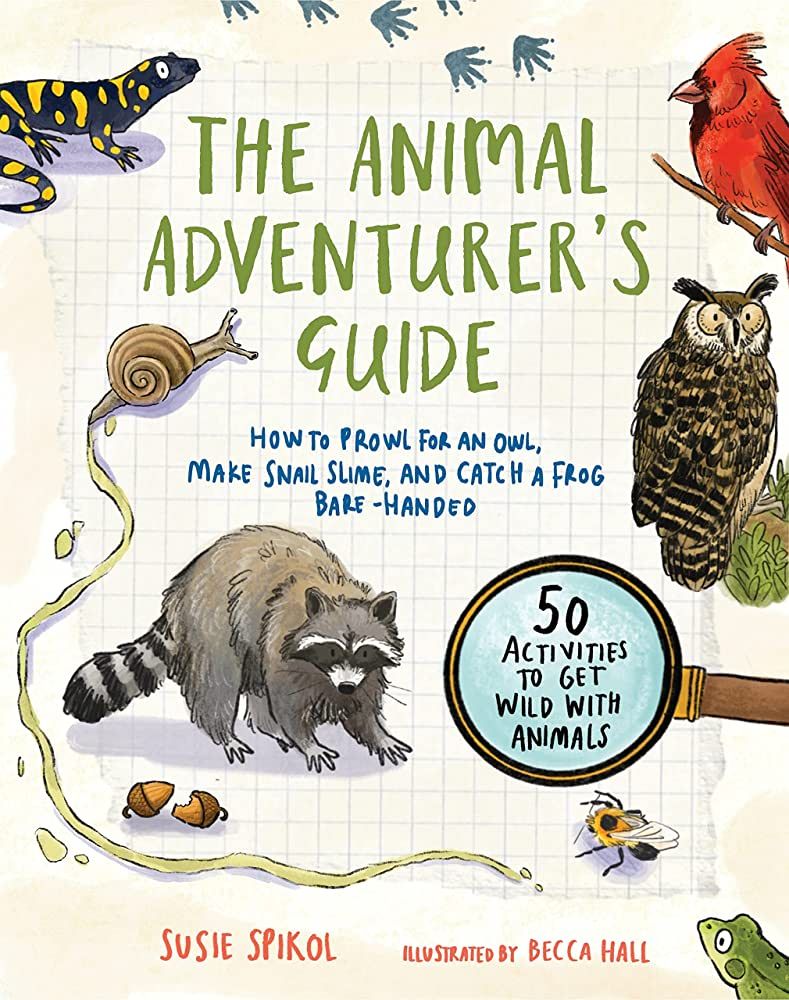
The Animal Adventurer’s Guide by Susie Spikol, Illustrated by Becca HallIf your kiddo loves animals, this is a must-read. In this book, Spikol has compiled 50 different activities and adventures with animals. Things like developing your own animal scat collection, making your own binoculars, how to build a bird blind, how to pick up a spider, and much, much more! Beautiful illustrations make this a fun read, and there are all sorts of accessible activities that are always accompanied by lots of facts or a story about the animal. It’s an inspiring book sure to give any future scientist plenty of ideas. |
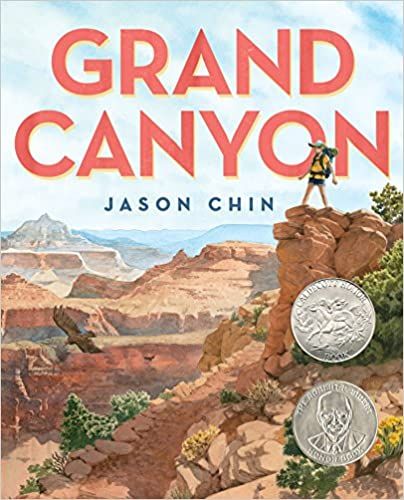
Grand Canyon by Jason ChinAll of Chin’s picture books are amazing, but this one might be my favorite. It’s perfect for an aspiring geologist, archaeologist, or an emerging public lands conservationist. Like all his books, the art is detailed and stunning, and the scientific information is plentiful without being overwhelming. This picture book tells the story of not only the Grand Canyon, but also of a father and daughter walking through the Canyon, looking at the present and the history of the landmark. |
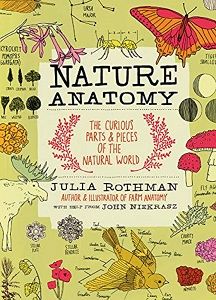
Nature Anatomy: The Curious Parts and Pieces of the Natural World by Julia RothmanThere’s a reason Rothman’s books are on almost every homeschooler’s shelves: they’re fun to read and easy for kids to understand, but are also filled with information that even adults will love. Nature Anatomy is a great start for a young environmentalist, and she has a new one coming out in April — Wildlife Anatomy. In Nature, Rothman takes the reader through various landscapes, like a volcano, explores the makeup of snowflakes, looks at what’s involved with monarch butterfly migration, illustrates all of the parts of various animals, and details the life cycle of different animals, including a frog. It’s a great book that can be used with kids of all ages. |
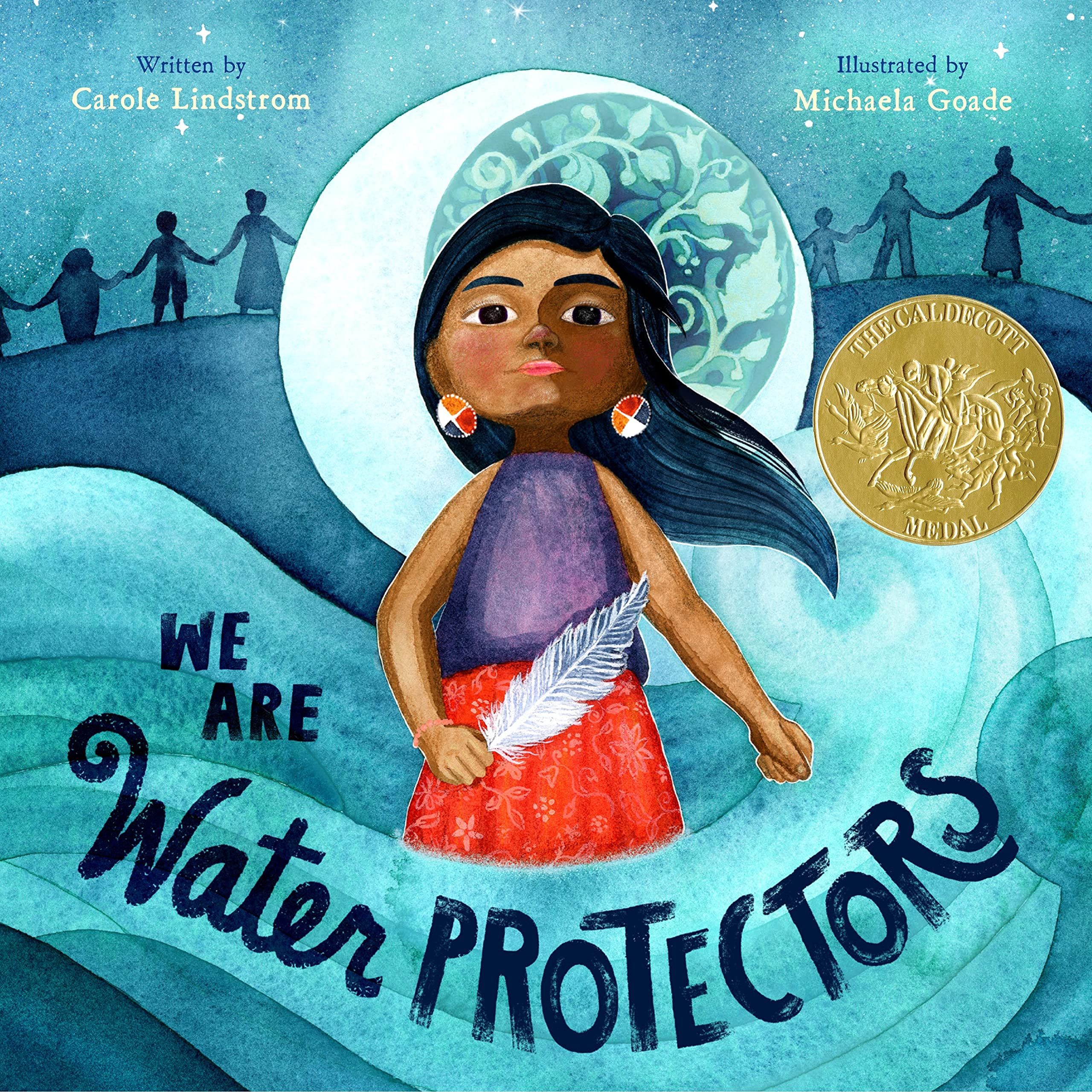
We Are Water Protectors by Carole Lindstrom, Illustrated by Michaela GoadeThis gorgeous book is a great introduction to the importance of clean water and protecting water sources. The prose is lyrical and minimal, but tells volumes, and the illustrations are vibrant and dreamy. My son and I return to this book again and again for the beautiful and important message, along with the calming images. It’s a good reminder that even kids can take a stand for environmental justice. |
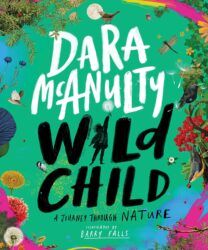
Wild Child: A Journey Through Nature by Dara McAnulty, Illustrated by Barry FallsMcAnulty wrote a memoir about being a young naturalist and won the 2020 Wainwright Prize for it, and in this book, he writes about the multi-sensory ways you can connect with the natural world around you. Divided into five sections, including the garden, the woods, and the riverbank, he writes about the animals and plants you might see in each area, as well as various aspects about science and nature. At the end of each section there are activities that you can do at home, too. |
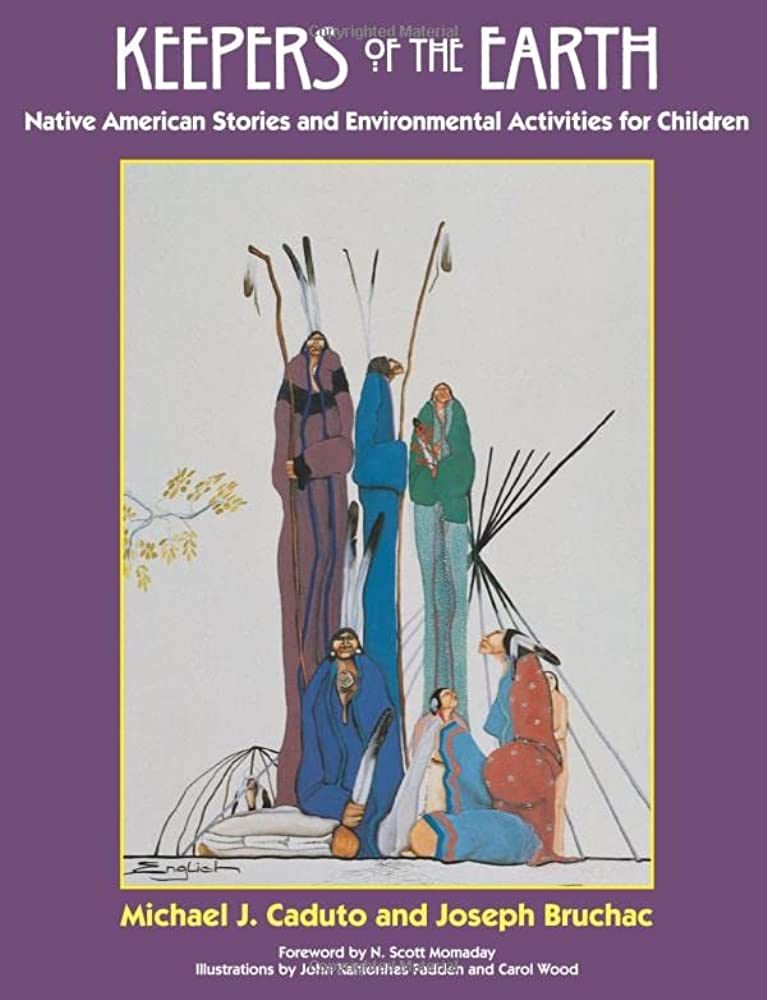
Keepers of the Earth: Native American Stories and Environmental Activities for Children by Michael J. Caduto and Joseph BruchacThis is more of a book for adults to read with children and then do the activities, but I included it here because it’s fantastic. It’s part of the Keepers series that also includes Keepers of the Animals, Keepers of Life, and Keepers of the Night, and all of the books are wonderful. There are Native American stories that address various topics like nature, human needs, geology and soil, wind and clean air, and more, and following each story, there are activities. There’s also a very detailed section on how to tell these stories respectfully, what not to do in nature and how not to be culturally appropriative, and how to respect the land and living things around you. |
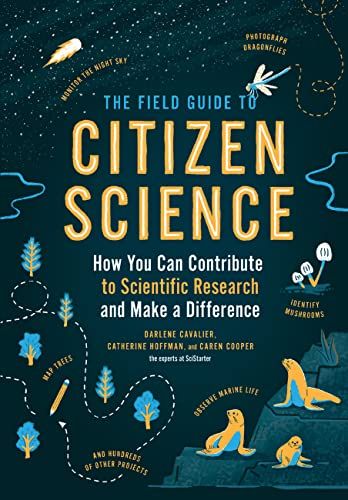
The Field Guide to Citizen Science: How You Can Contribute to Scientific Research and Make a Difference by Darlene Cavalier, Catherine Hoffman, and Caren CooperAnother book that caregivers or educators can use with kids, this is a great introduction to citizen science: what it is, what you need in order to get involved, how it works, and how the data is eventually used. It has lots of project resources and suggestions, ways to bring citizen science into schools or communities, and a year-round calendar of seasonal projects in which to get involved. It’s a small book, but filled with possibilities. |
If you’re looking for even more science and nature books, check out this post on nature books for kids, and this post on science books for kids! What will you read first to start your nature adventures?
Source : Books for the Budding Young Naturalist in Your Life












